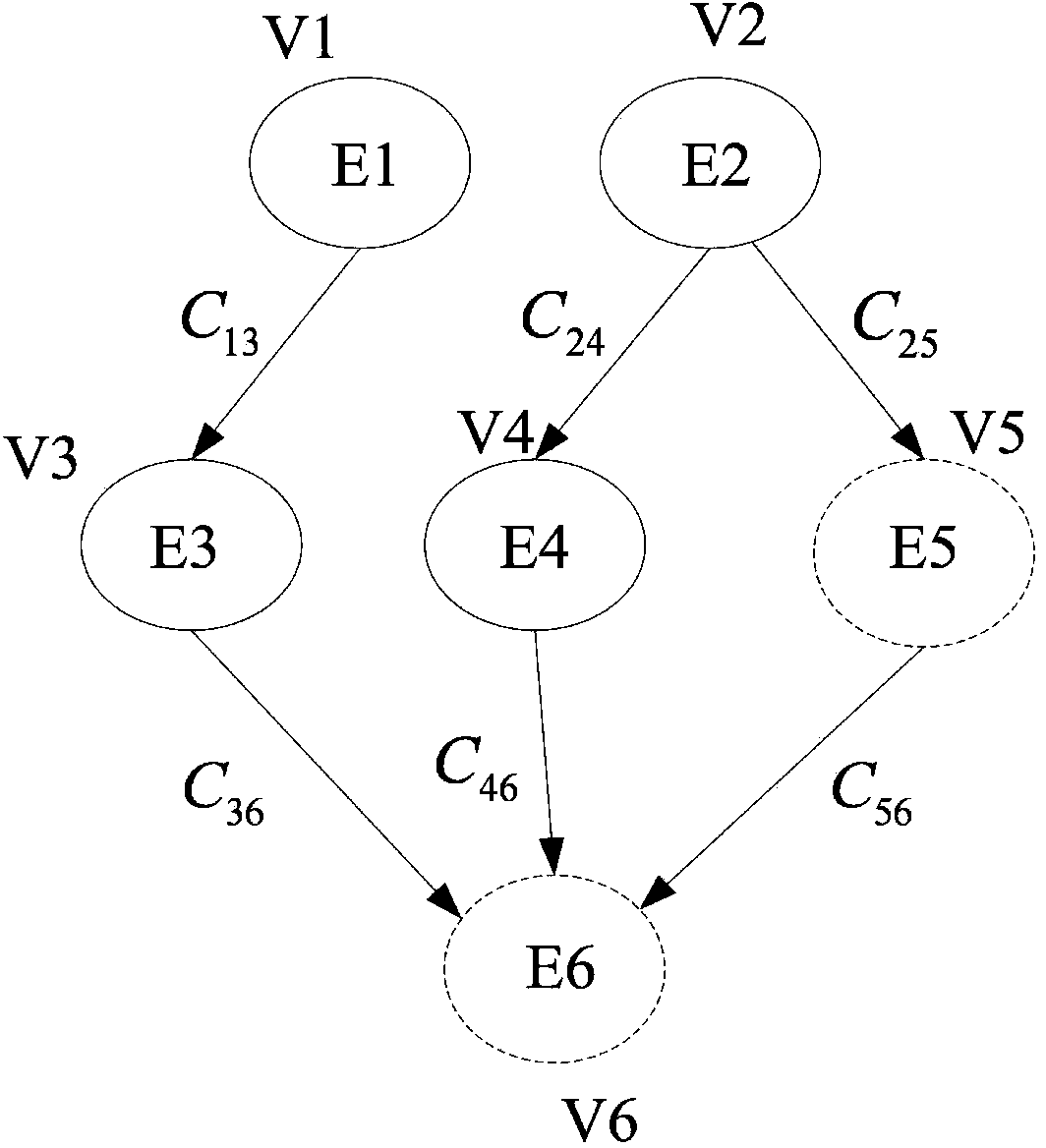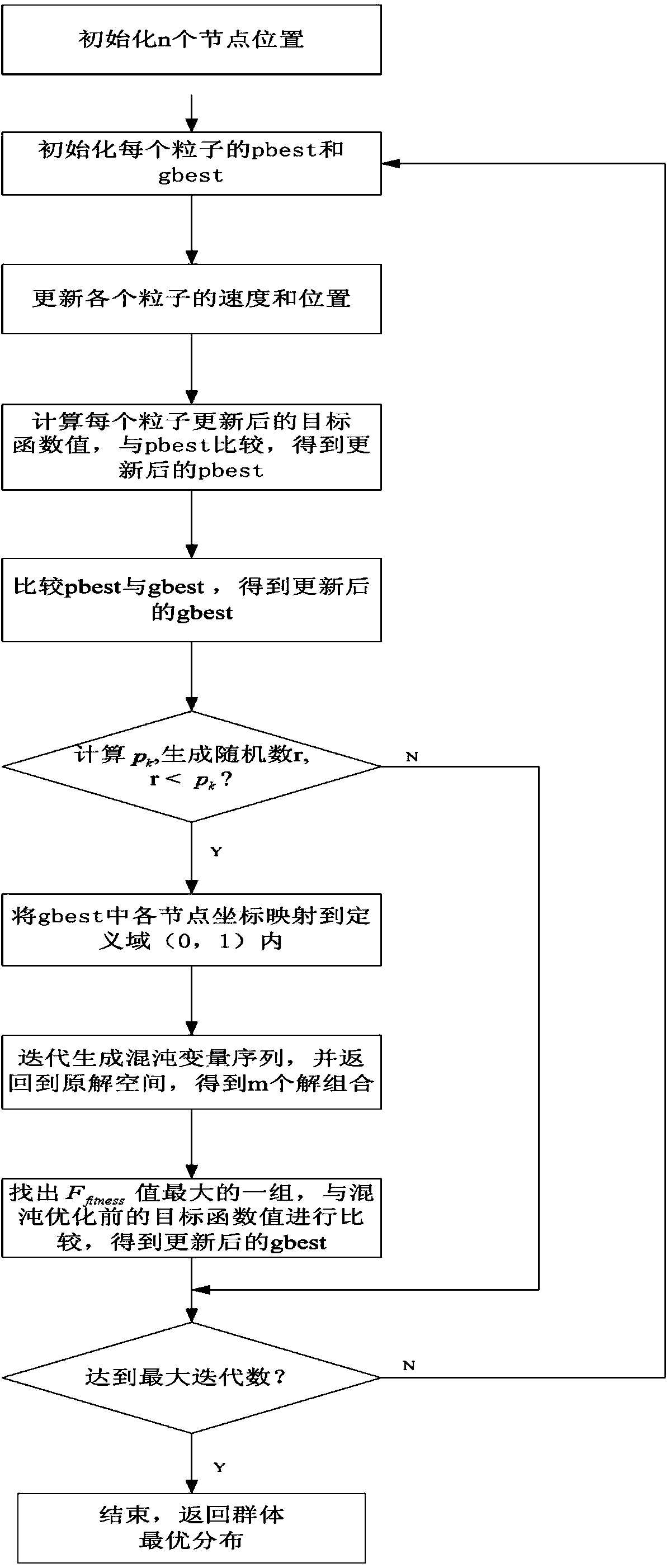Reconfigurable-calculation hardware and software task partitioning method based on chaotic particle swarm optimization algorithm
A chaotic particle swarm and task division technology, applied in resource allocation, multi-programming devices, etc., can solve problems that affect application execution performance, lack, increase the difficulty of system management, etc.
- Summary
- Abstract
- Description
- Claims
- Application Information
AI Technical Summary
Problems solved by technology
Method used
Image
Examples
Embodiment Construction
[0035] A reconfigurable system can be simplified to consist of a main CPU and a reconfigurable device (FPGA). The CPU is mainly composed of a scheduler, a placer and a loader, which are responsible for the scheduling, placement and configuration loading of reconfigurable tasks, respectively.
[0036] The problem of partitioning software and hardware tasks in the reconfigurable computing model is an NP-Hard problem. The task to be divided is represented by a Data Flow Graph (Data Flow Graph—DFG), and the DFG of a computing task or program can be expressed as a triplet D=, where the vertex set V={v i |v i is an ordered operator, 1≤i≤n}. Each vertex represents a task, including hardware tasks and software tasks; edge set E={e ij | e ij =i ,v j >,1≤i,j≤n}, e ij means from v i to v jThe directed edge of v i is v j The direct predecessor node of v j is v i The direct successor node of , which represents the sequential dependency of two operators. e ij The physical meani...
PUM
 Login to View More
Login to View More Abstract
Description
Claims
Application Information
 Login to View More
Login to View More - R&D
- Intellectual Property
- Life Sciences
- Materials
- Tech Scout
- Unparalleled Data Quality
- Higher Quality Content
- 60% Fewer Hallucinations
Browse by: Latest US Patents, China's latest patents, Technical Efficacy Thesaurus, Application Domain, Technology Topic, Popular Technical Reports.
© 2025 PatSnap. All rights reserved.Legal|Privacy policy|Modern Slavery Act Transparency Statement|Sitemap|About US| Contact US: help@patsnap.com



